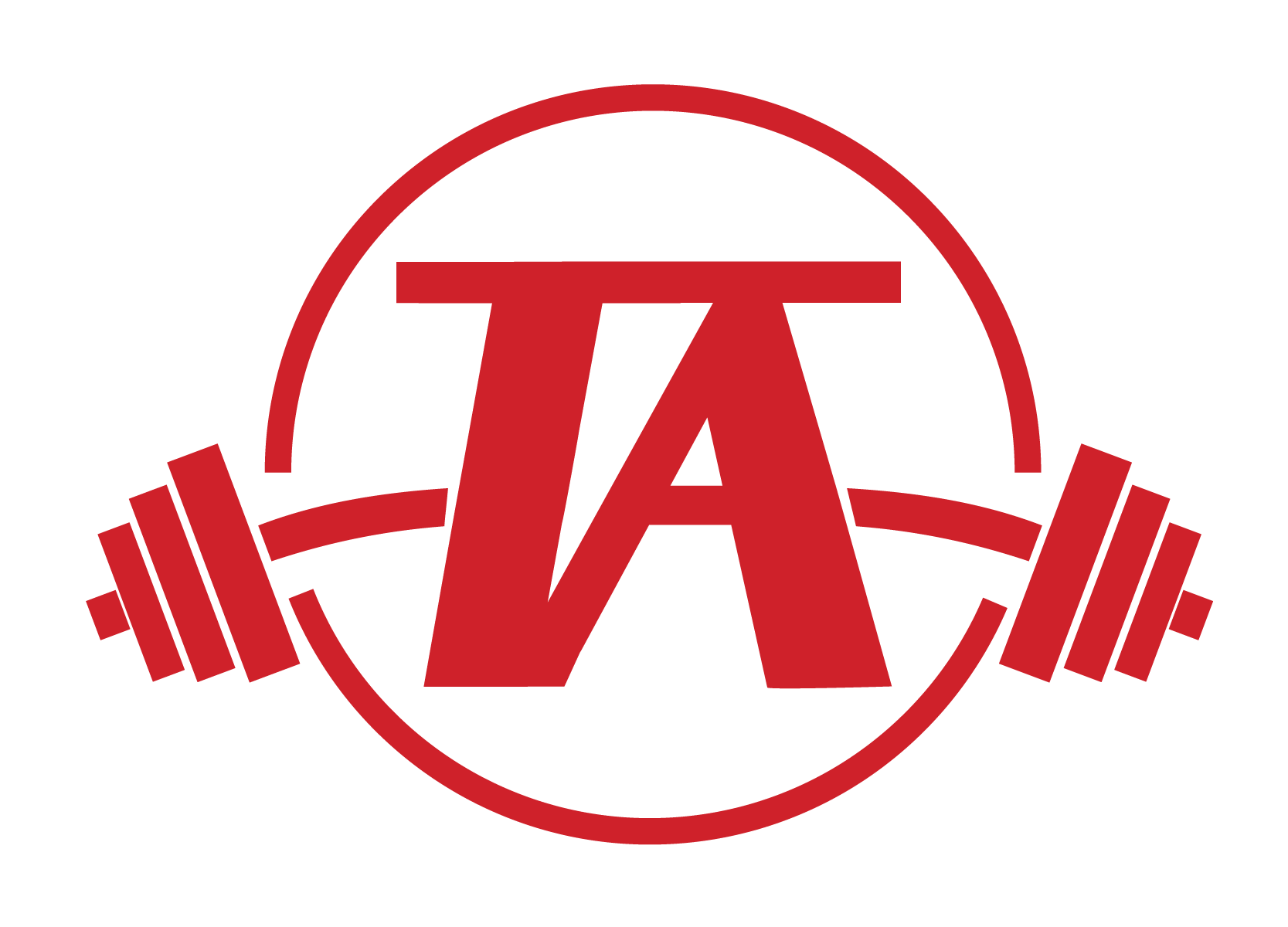The “10,000 hour rule” is a concept made famous by Malcolm Gladwell in his book Outliers. The concept was derived from psychologist K. Anders Ericsson’s work studying how people become experts in their fields. As humans, we like to ascribe quantitative values to everything and rail against the abstract because it doesn’t fit nicely into our mental models. While the 10,000 hour rule has a nice ring to it, experience alone isn’t enough to make you a top performer. Let’s break down what it actually takes to reach the highest level in any field.
Deliberate Practice & Struggle
While experience, like say “10,000 hours,” is an important part to improving in any field or skill, mindless repetition or practice does not lead to elite performance. Deep work and deliberate practice are necessities for elite level skill acquisition.
Deliberate practice is purposeful, focused, and uncomfortable. While typical practice may be mindless and involve individuals just going through the motions, deliberate practice is uncomfortable, focused and exhausting (especially mentally). The difference between above average and elite performers is often not the amount of practice, but the intensity and focus of that practice (Ericsson, 2008).
Ericsson et al. found that practice that led to performance improvements had four main elements:
- Well-Defined Goal
Having a well-defined goal means that an athlete can easily determine whether or not he has accomplished what he set out to accomplish. A goal to throw 100 mph from the mound is well defined and can be objectively measured. A goal to have “better mechanics” is not well defined and can be largely subjective. Without well-defined goals, progress is hard to measure, and this can lead to athletes giving up.
2. Motivation to Improve
The motivation to improve is important for success in any field. The path to greatness is rarely smooth, and without the desire to improve and the belief that it is possible, quitting is inevitable. Athletes with a growth mindset, that is, the belief that they can improve their skills through training and effort, rather than skills being innate and static, see struggle and failure as a challenge that can be overcome with effort and intelligent planning, rather than confirmation that they will never be good enough.
3. Feedback
Feedback goes hand in hand with well-defined goals. Feedback allows an athlete to monitor his progress and make adjustments as he goes. Whether the feedback is objective, in the form of the radar gun or location of the throw, or subjective in terms of how the movement felt, feedback is a key piece to the learning and training process.
4. Repetitions and Refinement
Consistent exposure to tasks that are just beyond an athlete’s current ability is imperative for success. The exact number of repetitions is up for debate and likely varies from athlete to athlete, but a safe assumption can be made that years of consistent effort and struggle are necessary.
Those who desire mastery in a certain domain will continue to struggle and reach for a performance level just beyond their current capabilities, keeping themselves in the cognitive and associative stages of development as long as possible.
The idea of struggling just beyond your current capabilities can be thought of like the principle of progressive overload in strength training. If you bench press 135 lbs for 5 sets of 5 every time you train, you’ll see results for a short time, but your results will quickly stall. This is because your body has adapted to the stimulus you are providing, and you must disrupt homeostasis in order for new adaptations to occur.
However, the challenge should not be so great that it is impossible to complete. For example, as a novice lifter you likely would not step into the squat rack a few times a week and just get buried by a 400 lb squat. You would choose weights that are challenging, but manageable.
The same principle applies when learning a new skill or changing a movement pattern. If in an attempt to improve a certain aspect of the pitching delivery you always do the same constraint drill, with the same ball weight, at the same intensity, without ever progressing it or blending it to the full pattern, your progress will stall and further improvements on the mound are unlikely.
Setting Up Deliberate Practice Sessions
Step 1: Set Up an Environment for Growth
All of us intuitively know that support from the people we love is extremely important, but it can actually have a measurable effect on the success of our training as it can help us maintain a positive outlook and manage stress (Hoffmann, 2019). This is why it is especially important to carefully choose your training environment, training partners, significant others, and friends. While friends and family shouldn’t just be “yes-men,” neither should they shoot down everything you say. Find a group of people who want the best for you and will help you get it out of yourself.
Throughout this process it is important that practices are limited to 60 to 120-minute sessions. Deep focus can’t be maintained for much longer than 120 minutes if the task is as difficult as it should be. Remember, the goal is not to mindlessly practice for hours on end, but to deeply attack weaknesses and lay one perfect brick with every repetition. Two sessions per day is likely enough due to the physical demands imposed by throwing, lifting weights, etc. If possible, these sessions should be broken up by some rest.
Step 2: Determine Key Performance Indicators
The starting point for any development plan is to figure out what the key performance indicators (KPIs) are for the skill you’re trying to improve. Once you’ve identified the KPIs, you need to analyze your current ability level and identify your deficiencies. Then, you can make a plan to systematically attack your weaknesses while maintaining and doubling down on your strengths.
In the case of pitching velocity this means learning what the fitness and mechanical KPIs are for elite velocity, and improving the KPIs that are deficient, beginning with simplest and most basic needs. Once you’ve identified your needs, you need to make a plan for how to attack these areas. For the fitness KPIs this means designing a training plan detailing how much weight you’ll lift, when, for how many repetitions, and at what speed. While you do this, you should be testing and retesting the baseline metrics you’ve identified as having the best transfer to pitching velocity. For example, these may be lateral bound distance and medicine ball throw velocities. If these numbers aren’t improving as expected, your program may need adjustments.
Once you’ve identified the mechanical KPIs it’s time to figure out how to “chunk” the pitching delivery and improve it piece by piece.
Step 3: Chunking
Chunking is an important concept that is extremely helpful when you’re trying to master a skill. Chunking allows you to break down a large, daunting skill or task, into smaller, more manageable pieces. These “chunks” allow you to isolate pieces of a skill or task and focus on it deeply, before moving on to a new chunk. Over time, mastering these small chunks leads to improvement in the skill as a whole.
In the case of the pitching delivery this is where constraint drills come in to play. Constraint drills allow you to break the pitching delivery into smaller, more manageable parts and systematically work on those parts before eventually putting the whole delivery together. For example, if you have trouble separating hip and torso rotation, the wide stance 10 toe drill may allow you to feel torso rotation separate of hip rotation and improve this chunk before piecing the full delivery together.
Step 4: Struggle and Progression
As athletes improve their performance during simple or basic tasks and they can consistently produce the desired movement or result, it’s time to make the practice scenario or drill more complex. For pitchers this can mean a few things. If the goal is to make mechanical changes in order to improve velocity this likely means starting with simple or more isolated constraint drills prior to attempting to perform the full pattern. For example, if the goal is to improve hip/shoulder separation, a pitcher should be proficient at isolating shoulder rotation during the ten toe drill, before moving on to a roll-in, before blending these new movements into their full pitching delivery.
Then once the mechanical changes have been made, in order to continue challenging, performance practice situations should become more game-like while maintaining the changes already made. This likely means live competitions scenarios, which can be natural or isolated to work on specific weaknesses, such as two strike counts or throwing off-speed pitches when behind in the count.
Conclusion
The “10,000 hour rule” may over simplify the path to success, but we can take useful lessons from the research that led to its popularity. Treat your athletic career as just that, a career, and systematically work to make yourself the best you can be using deliberate practice.
References
Ericsson KA (2008) Deliberate Practice and Acquisition of Expert Performance: A General Overview. Society for Academic Emergency Medicine.
Hoffmann J (2019) Recovery Adaptive Principles Pt 1 Theoretical Basis. Retrieved from https://www.lts.fi/media/lts_kuntotestaus/ktp19/ktp19_james_hoffmann_perjantai_materiaalikansio.pdf

